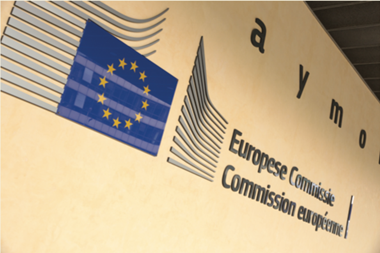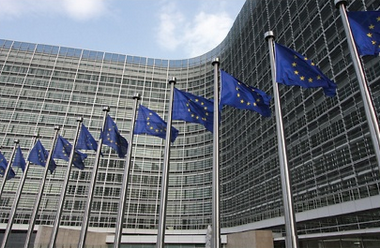EIOPA and its fellow European supervisory authorities (ESAs) have launched a consultation on keenly awaited draft rules for environmental, social and governance (ESG) disclosures by pension funds, asset managers and other “financial market participants” under regulation stemming from the European Commission’s sustainable finance action plan.
The rules – in the form of regulatory technical standards (RTS) – are about the content, methodology and presentation of ESG disclosures that are required under the EU regulation on sustainability-related disclosures in the financial services sector (SFDR).
As noted by the ESAs, this regulation covers a wide range of financial products and financial market participants, including pan-European pension products (PEPPs), asset managers, and pension funds – Institutions of Occupational Retirement Provision (IORPs).
The ESAs have also included in the consultation proposals on the “do not significantly harm” principle involved in the regulation on a framework for a system to determine what counts as a green economic activity – the taxonomy regulation.
The proposed rules relate to both entity and product-level ESG disclosures.
The SFDR distinguishes between two types of products: products promoting environmental or social characteristics or a combination of these characteristics; and financial products which have sustainable investment as their objective.
The ESAs have proposed that there be mandatory reporting templates for the presentation of pre-contractual and periodic product disclosure.

However, they have delayed the drafting of the templates and said they envisaged launching “a separate process” to develop them.
They explained that the SFDR requires them to design a single set of uniform pre-contractual disclosures for “very different types of documents which serve different purposes and apply divergent approaches to pre-contractual disclosure granularity”.
“On the one hand, for PEPPs, IORPs and all individual pension products, the disclosure in the SFDR must be done in short consumer-facing documents, including a key information document (KID) in the case of the PEPP,” the ESAs said.
“On the other hand, for other financial products such as UCITS funds, the disclosure from the SFDR must be done in longer pre-contractual documentation, such as a fund prospectus.”
Other preliminary decisions made by the ESAs regarding pre-contractual disclosure include that only criteria for selecting underlying assets that apply on a binding basis should be disclosed.
“The ESAs believe that product categorisation plays an important role in the perception end-investors have of a given product’s characteristics or objective,” they said.
“This is why the ESAs have suggested that financial market participants should not ‘over disclose’ on sustainability, including through product categorisation, if that is not commensurate with the actual effects of sustainability on their investment policy.”
Mandatory adverse impact indicators
One of the key entity-level reporting topics introduced under the SFDR is the notion of “principal adverse impact of investment decisions on sustainability factors”.
Today the ESAs revealed they considered that “certain key areas of adverse impacts should always be considered principal adverse impacts,” such as greenhouse gas emissions or lack of adherence to fundamental labour conventions.
They have, therefore, proposed that these be mandatory for financial market participants to use, for the purpose of certain disclosures, to assess the adverse impacts of their investment decisions on sustainability factors.
These would be supplemented by additional indicators subject to an “opt-in” disclosure regime.
The entity-level disclosure obligations on principal adverse impacts apply to large financial market participants, and the ESAs’ draft rules state that those organisations below a threshold of 500 employees should, where they do not consider adverse impacts of investments decisions on sustainability factors, at least explain why not.
The ESAs – pension and insurance authority EIOPA, financial markets watchdog ESMA, and the European Banking Authority – have invited feedback until 1 September.
After the close of the consultation the draft RTS are to be finalised and submitted to the European Commission.
The consultation document can be found here.
Topics
- Asset Managers
- disclosure
- ESG
- European Banking Authority
- European Insurance and Occupational Pensions Authority (EIOPA)
- European Securities and Markets Authority (ESMA)
- European Union
- Pan-European Pension Product (PEPP)
- Pension Fund Strategy
- Reform & Regulation
- Sustainability
- sustainable finance action plan
- sustainable taxonomy













No comments yet